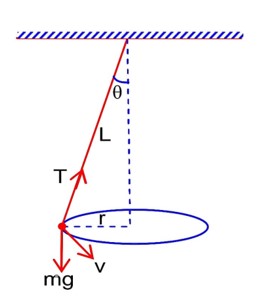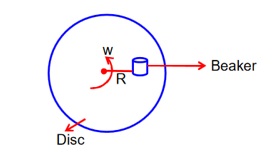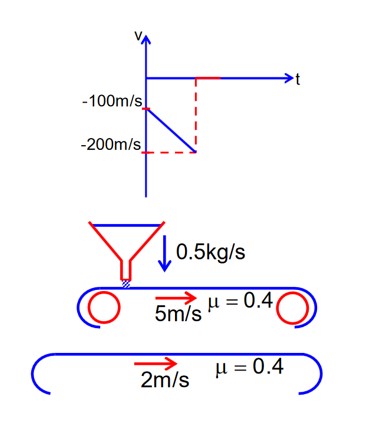Physics Laws of Motion
Get insights from 189 questions on Physics Laws of Motion, answered by students, alumni, and experts. You may also ask and answer any question you like about Physics Laws of Motion
Follow Ask QuestionQuestions
Discussions
Active Users
Followers
New answer posted
3 months agoContributor-Level 10
Newton's First Law is important because it explains the basic concept of a body in motion. The first law implies that an object does not change the state of uniform motion or its state of rest unless a force acts on them. It helps us understand why seat belts, brakes, and handrails are needed. It tells us that a body resists changes already in motion due to inertia, which could lead to accidents without support.
New answer posted
3 months agoContributor-Level 10
Inertia, as the First Law says, is the resistance to any change in motion. The law states that every object at rest stays at rest and one in motion stays in motion unless acted on by a force. For example, in a bus that starts or stops suddenly, your body resists the change, making you feel pushed backward or forward.
New answer posted
3 months agoContributor-Level 10
No, that's a common misconception about force in any object at rest. According to Newton's First Law, zero acceleration means zero net force. That does not mean zero force. A book on a table is at rest because two forces act on it. Gravity pulls it down. The table exerts an equal upward normal force. These forces balance each other, so the net force is zero. This can also be proved with Sir Isaac Newton's laws of motion. The 2nd Law implies that the book is not accelerating, so net force is zero. The third law of action and reaction states that the book pulls the table down with a force equal to its weight, as action. The table pushes
New answer posted
3 months agoContributor-Level 10
Slipping stops when Vbag = Vconveyar
-> 0 + at = 2
-> t =
So, x =
Taking an Exam? Selecting a College?
Get authentic answers from experts, students and alumni that you won't find anywhere else
Sign Up on ShikshaOn Shiksha, get access to
- 65k Colleges
- 1.2k Exams
- 679k Reviews
- 1800k Answers




